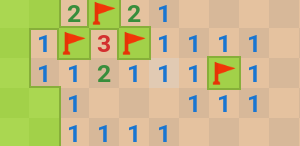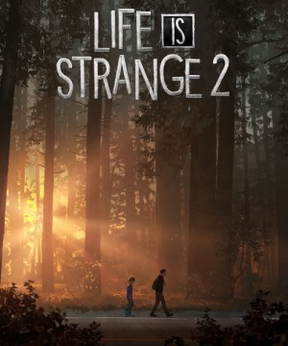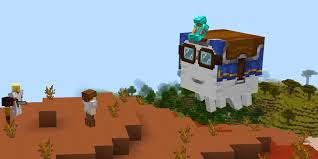What is Minesweeper?
Minesweeper is a puzzle game where, in order to win, you clear a rectangular area while avoiding mines. It is completely free to play, and all you need is a working computer.
The History of Minesweeper
Minesweeper was first created by Curt Johnson in 1989 for IBM’s OS/2 systems. It was then ported over to Windows a year later by Robert Donner, and acted as a small but fun game to pass time. Later on, in the early 2000’s, Microsoft faced pressure to change the landmines to something else, as it was “an offense to the victims of mines.” As such, they added the option to replace the mines with flowers. It was bundled with different operating systems, but in 2012, it became completely free to play.
How to play
You start off with a rectangular board, where you click on one of the square tiles on the board to clear an area. If you click on a mine, you lose. To find out which tiles are mines, you have to look at the numbers around the tile. A number will tell you how many mines are around the number. A “1” means there is only one mine next to it, a “2” means there are two mines next to it, and so on. You can right click on tiles in order to mark it with a red flag, which is useful to keep track of how many mines there are nearby and on the board.
Thoughts
Overall, Minesweeper is a fun game to play, mainly in class. You can pull it up if you’re done with your work (or if you’re just procrastinating) and you can switch to another tab when needed. It’s also very simple to learn and doesn’t require much concentration. The only difference between versions seems to be visual (ex. Google Minesweeper). It’s a very fun and simple game in general.















